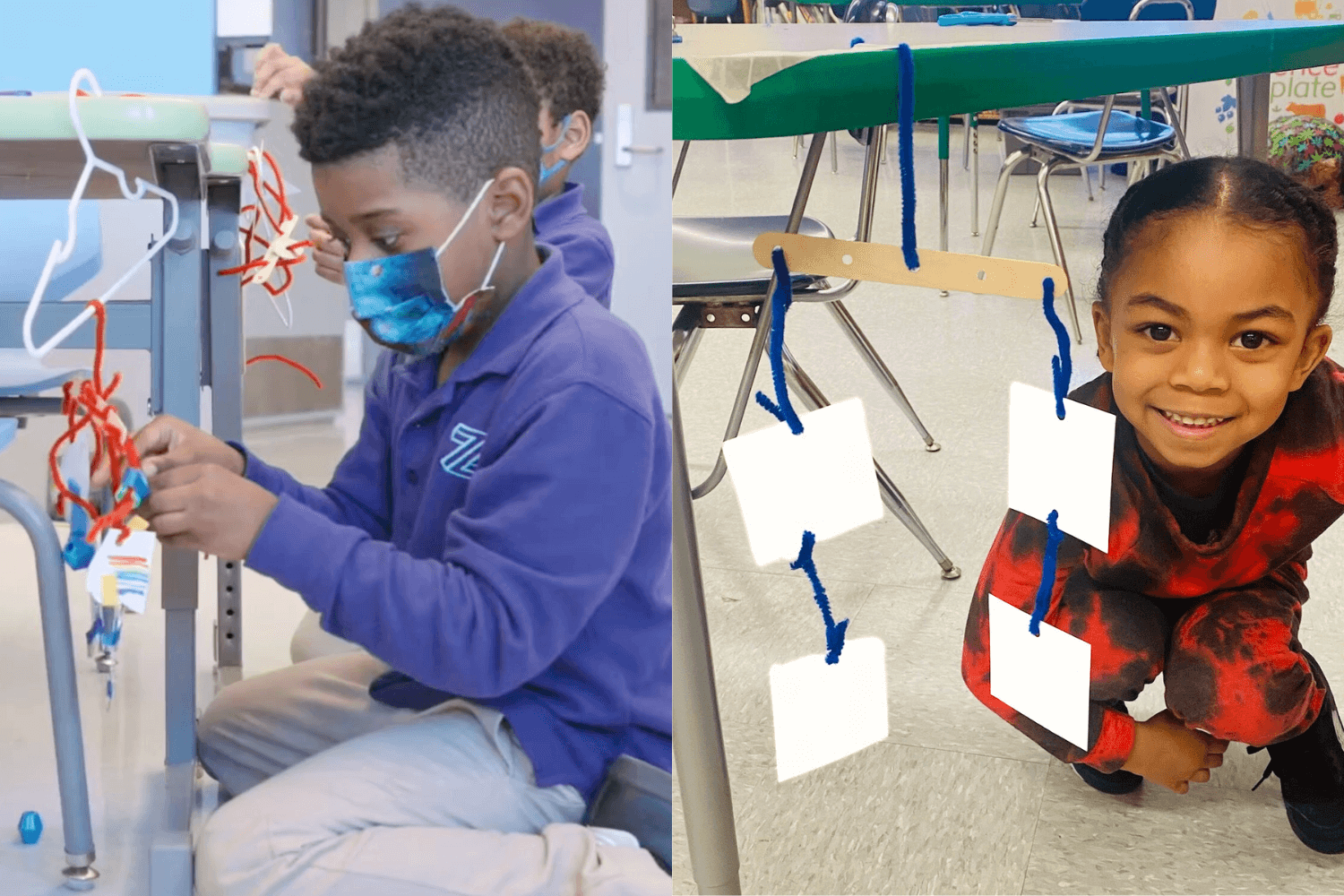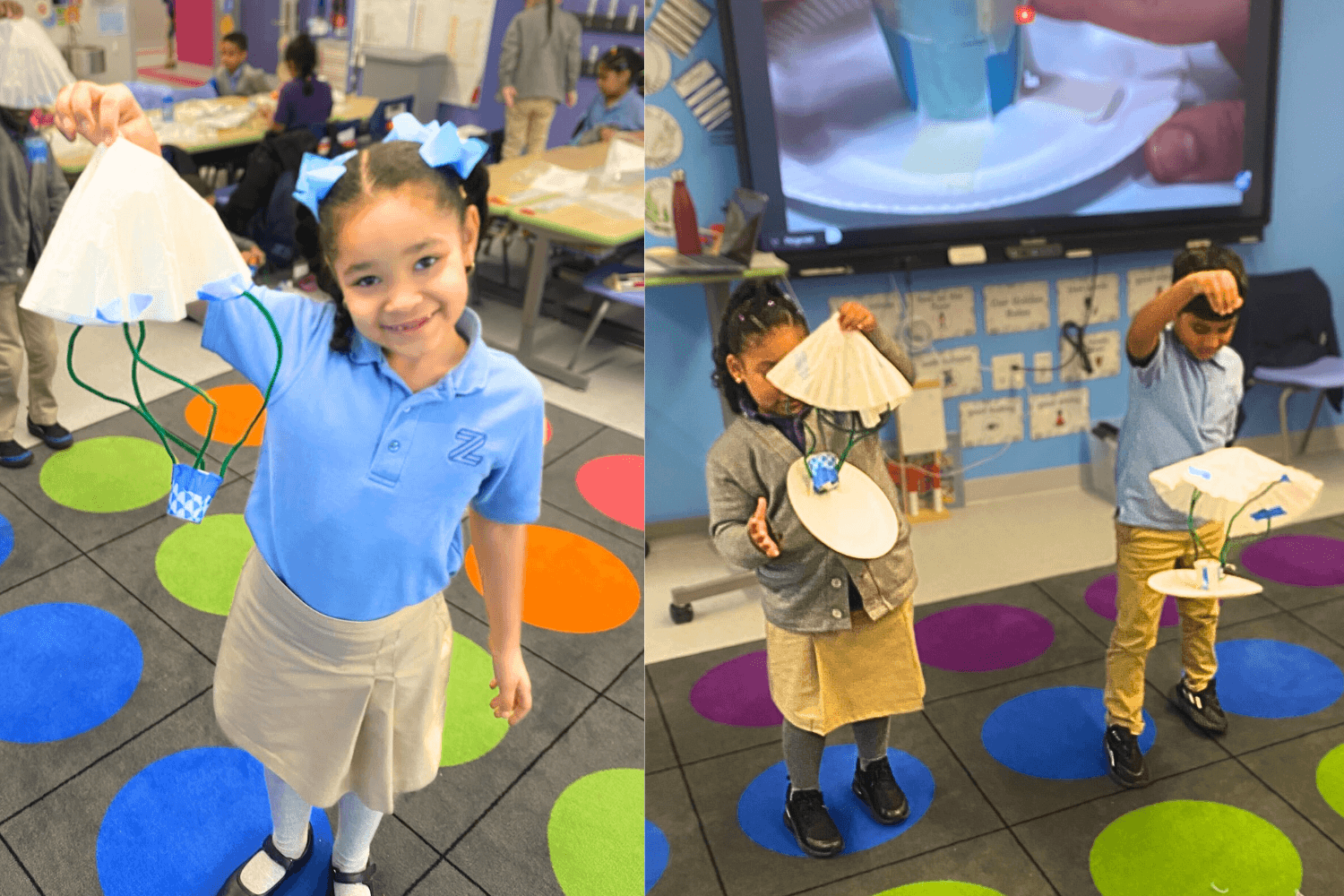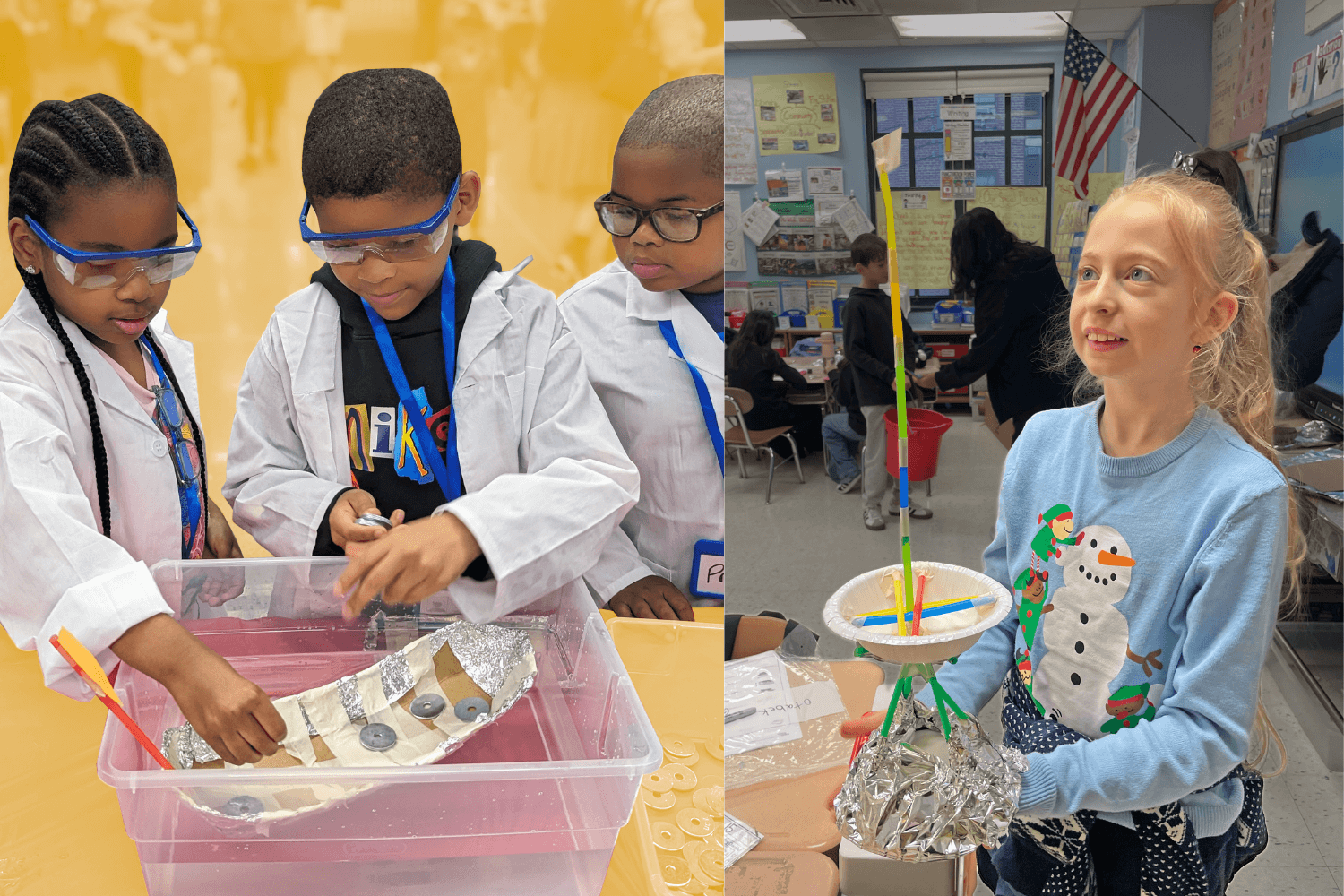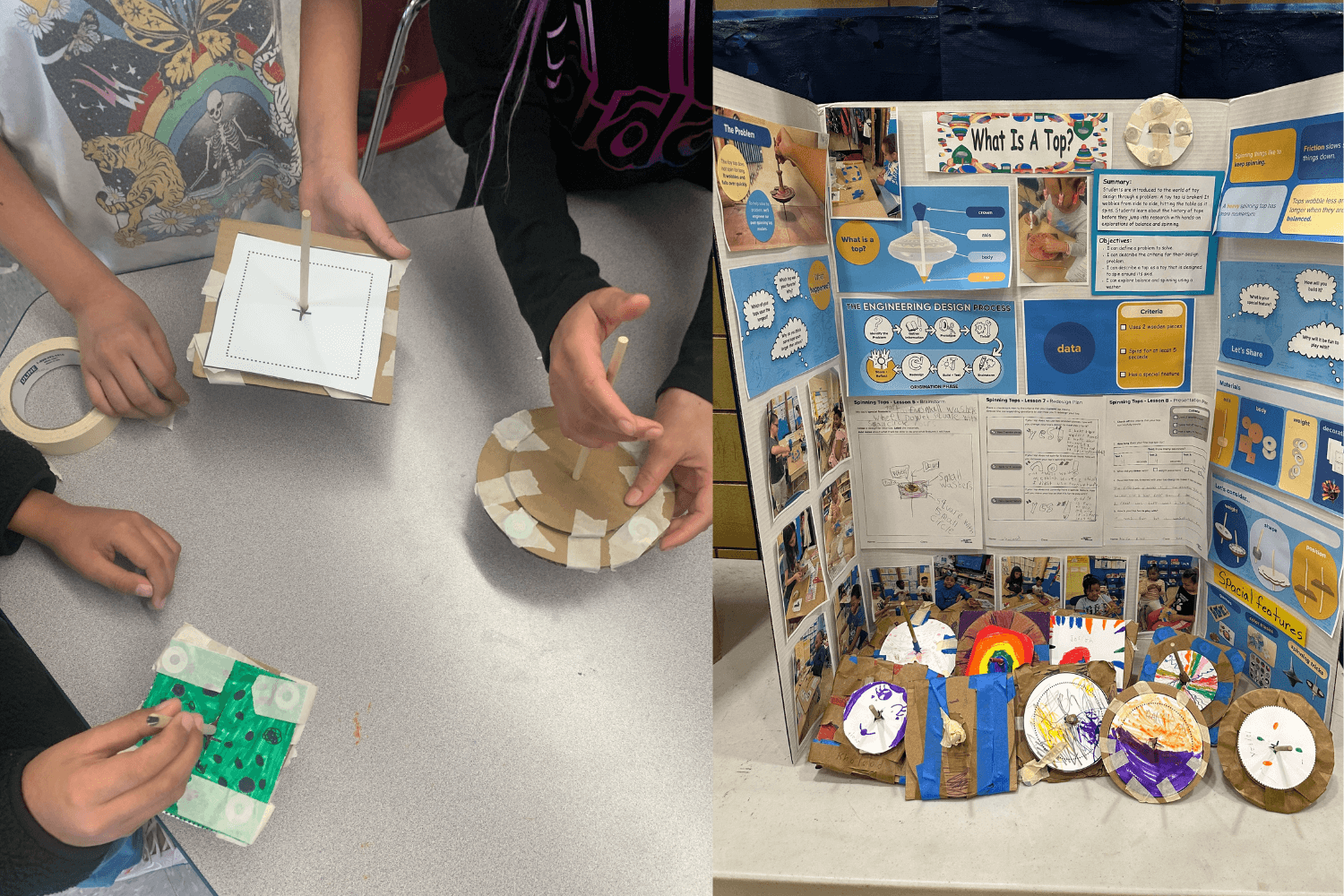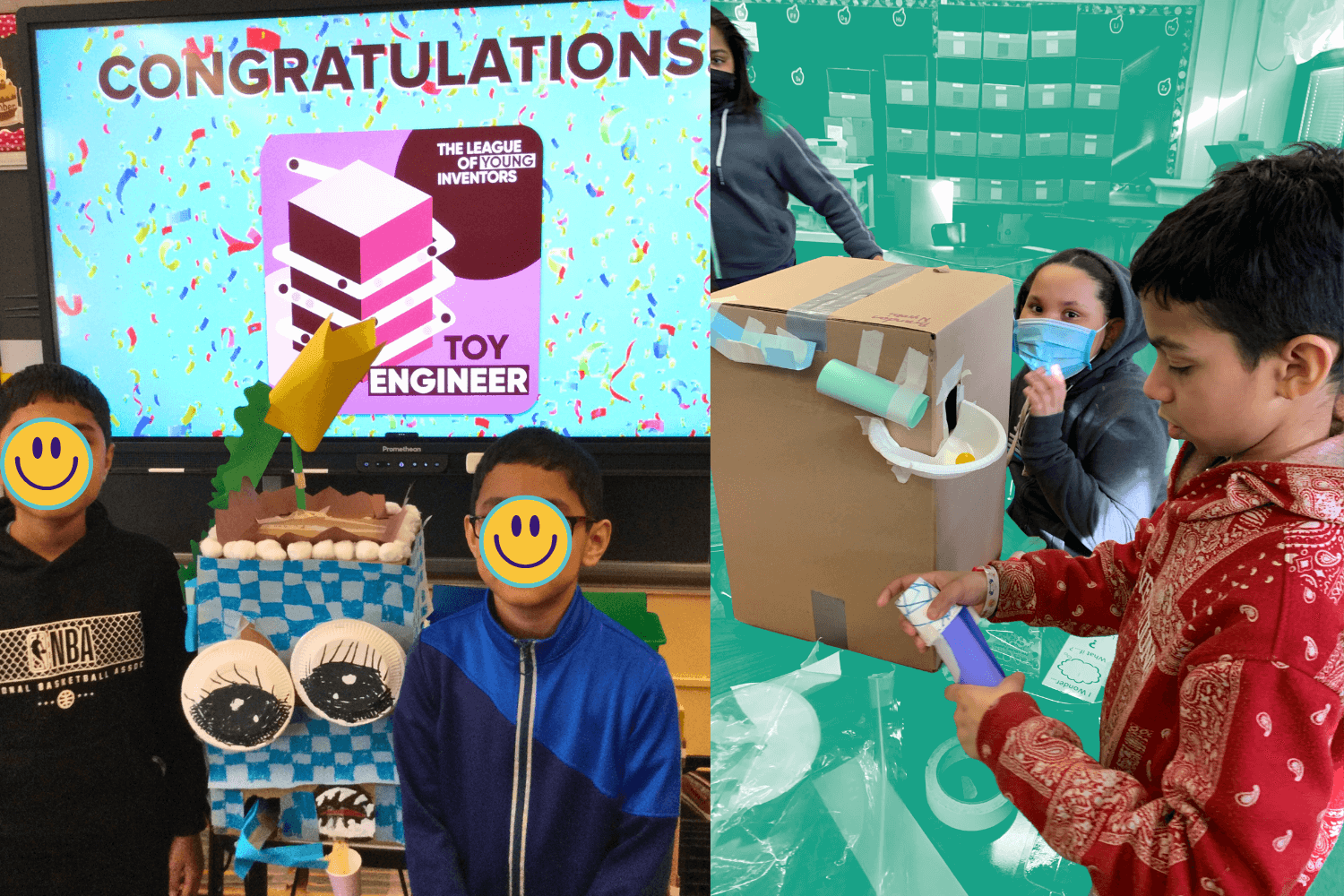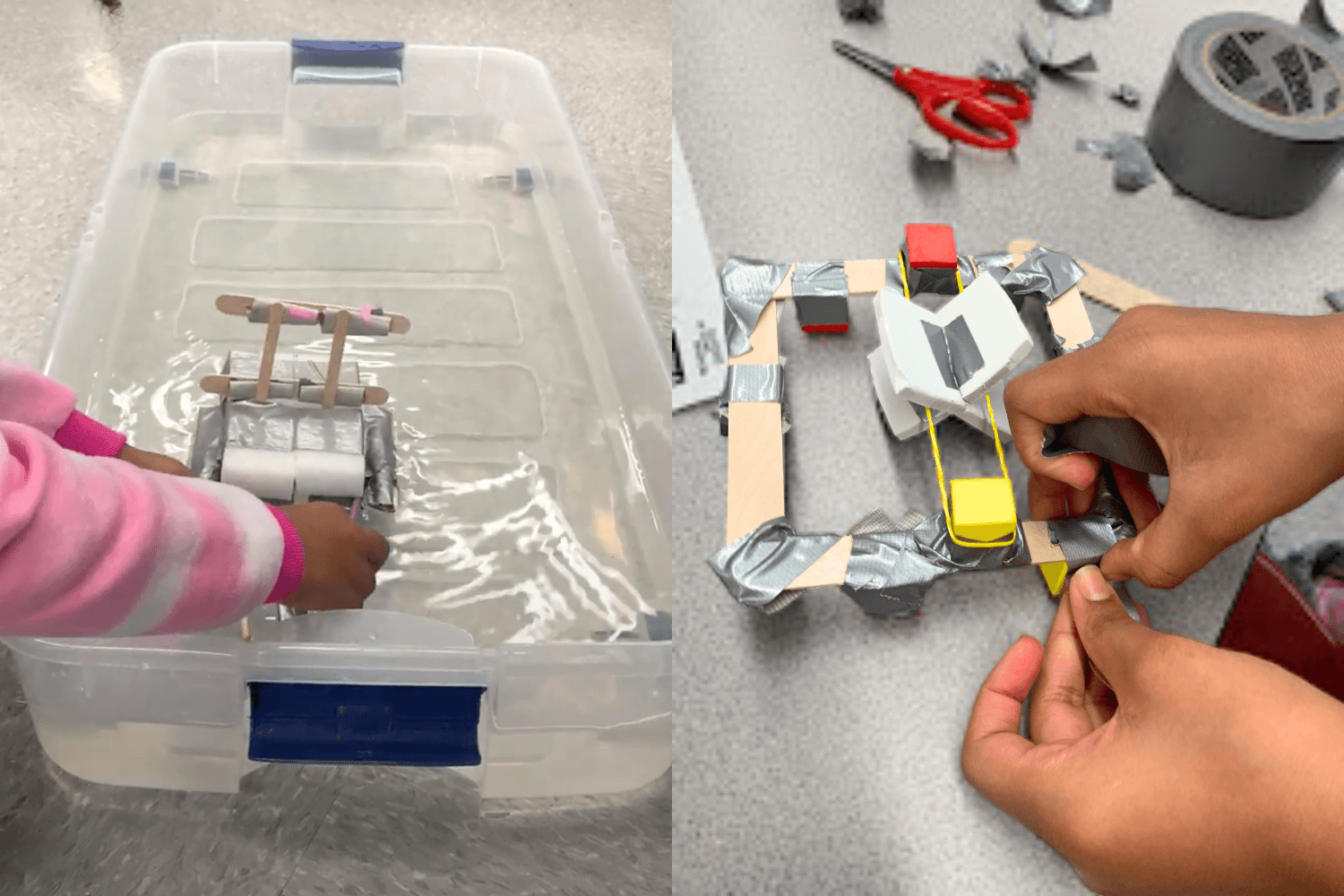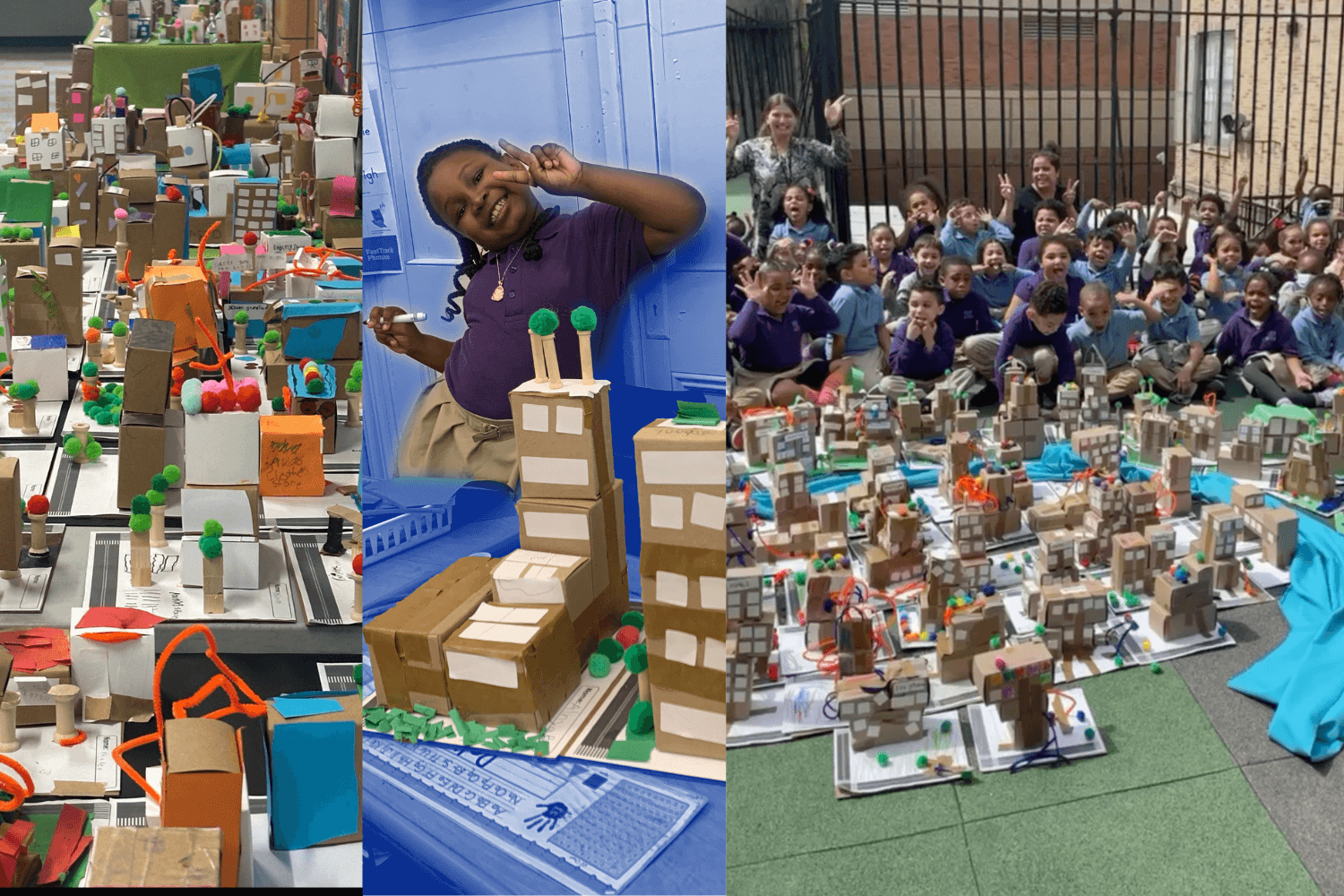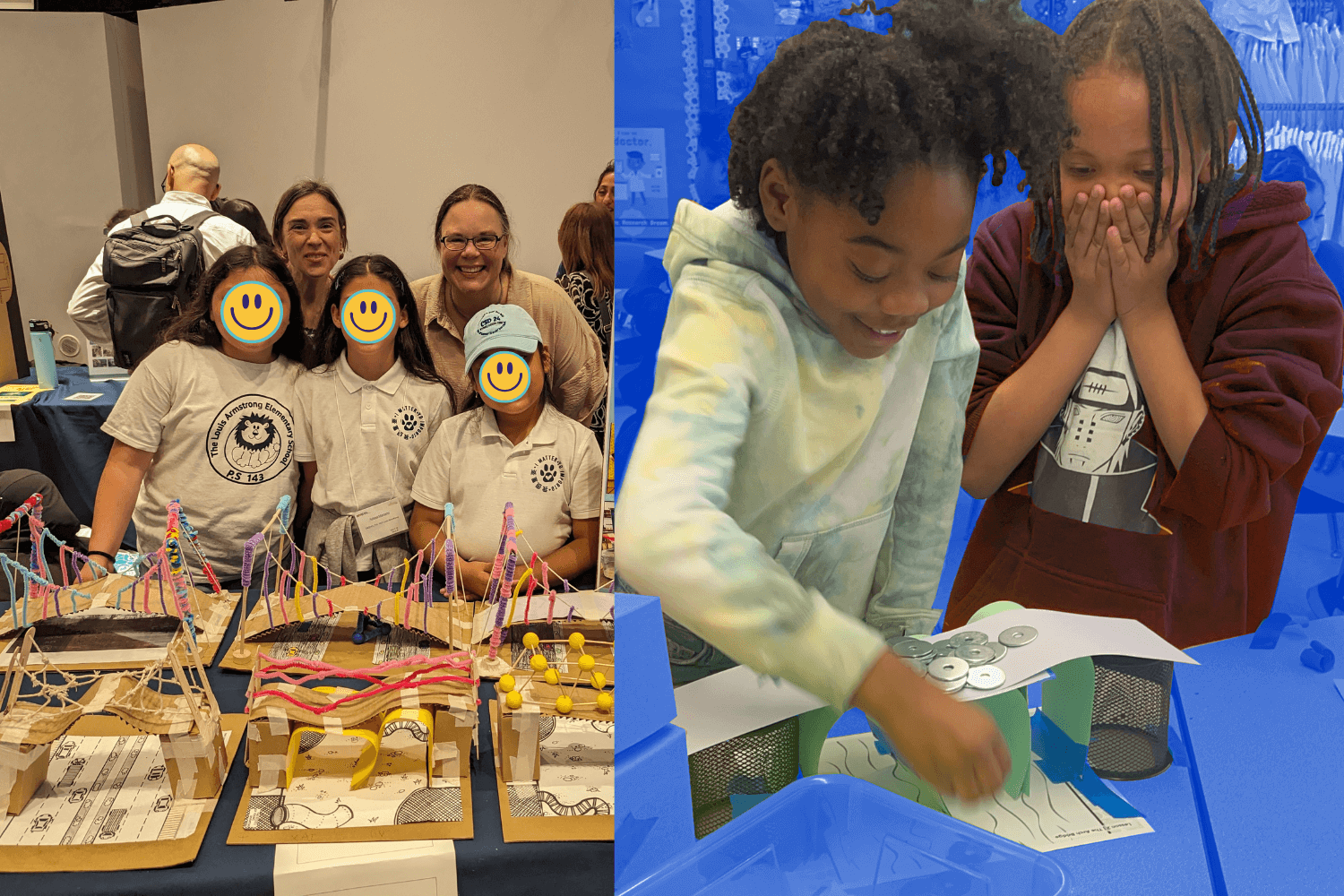OUR UNITS
Aligned to standards across grades K-5, our 10-hour learning journeys provide specialists and classroom teachers everything they need to create an innovation lab in their classroom.

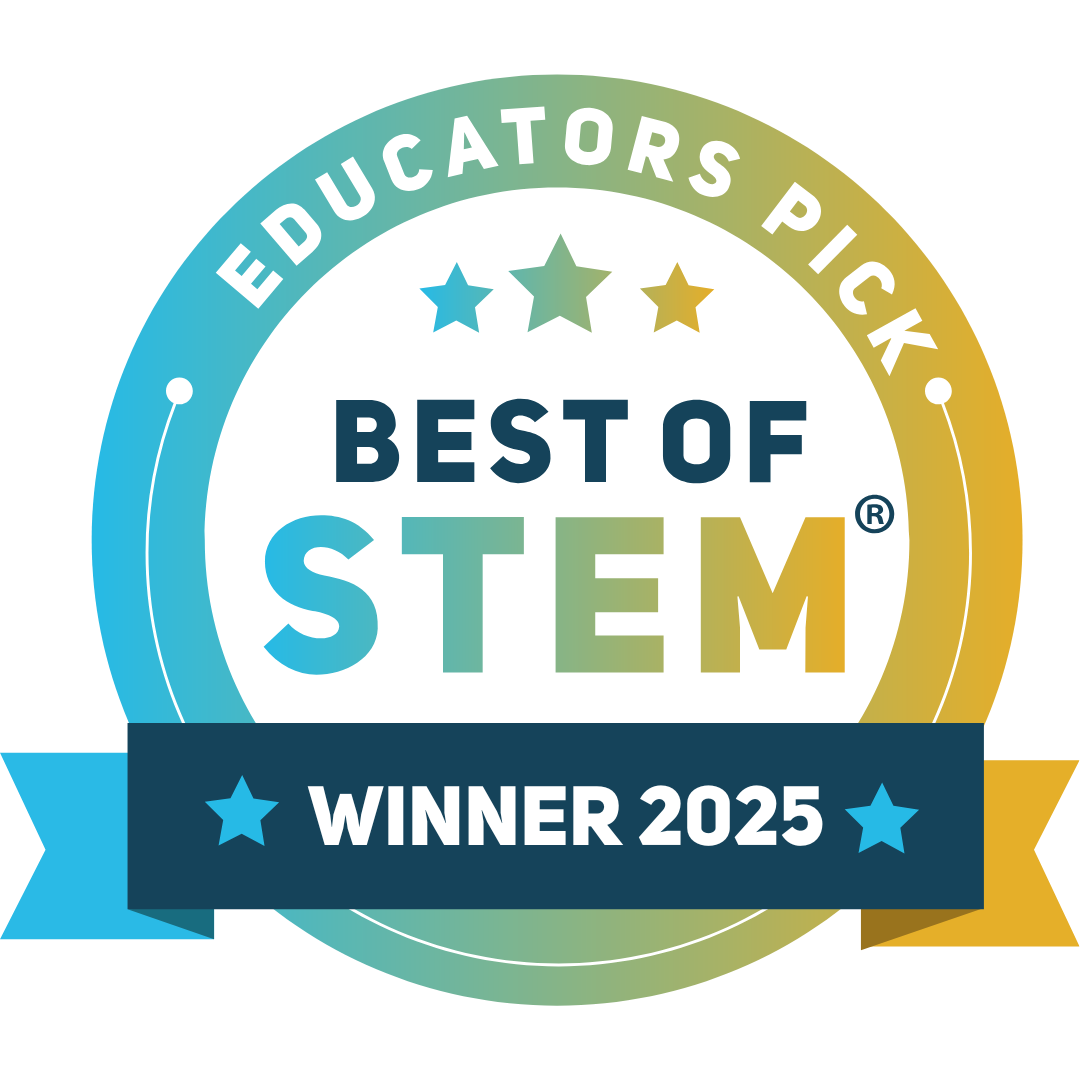
Each unit includes 8-10 lessons, and are designed as part of a spiraling curriculum series where content and experience is deepened with each consecutive year. This series structure supports whole-school initiatives that build a culture of invention from Kindergarten through 5th Grade.
Toy Invention Curriculum & Kit Series
Gravity! Lift! Buoyancy! Inertia! Young inventors will tinker and experiment to design their own toys, seeing everyday (yet mind-blowing) science concepts in action through their own hands-on builds and experimentation. Each unit contains 8-10 lessons.
Everyday Engineering Curriciulum & Kit Series
How do bridges stay strong under heavy loads? How do neighborhoods meet the changing needs of the people who live there? What shapes and structural features make buildings stay strong against forces generated by weather? In these units, students will experiment with engineering solutions from around the world to explore some of the main challenges faced by urban centers – including population increase, pollution, and traffic congestion. Each unit contains 10 lessons.








